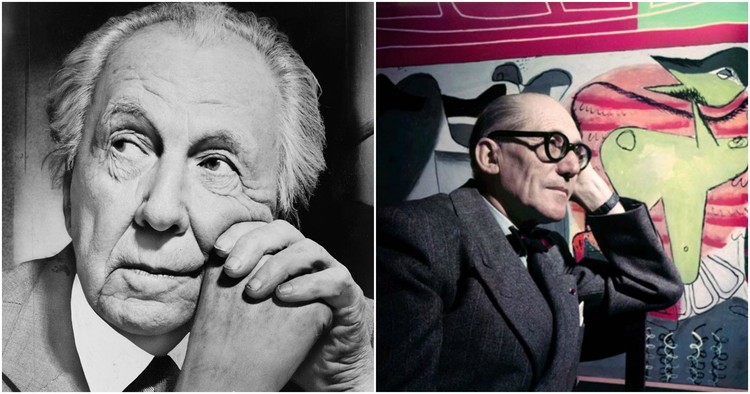
Frank Lloyd Wright and Le Corbusier are both architects who were known for their grand and innovative ideas—as well as for their high esteem for their own opinions. The two did not, however, see eye to eye in their visions for the future of American cities and civilization. Both architects had utopian, all-encompassing plans for their ideal American city, combining social as well as architectural ideas. In 1932, both described these ideas in The New York Times; in these two articles Frank Lloyd Wright and Le Corbusier made their differing beliefs perfectly clear to the public.
The disagreement began on January 3, 1932, when Le Corbusier published an article in The Times which ran under the title “A Noted Architect Dissects Our Cities – Le Corbusier Indicts Them as Cataclysms and Describes His Ideal Metropolis.” Discussing cities like Paris, New York, and Chicago, Le Corbusier explains his vision for what we know today as Ville Radieuse, which he calls in the article the Green City. Writing that American skyscrapers have yet to earn the title of architecture, but are “merely small objects such as statuettes or knick-knacks, magnified to titanic proportion,” Le Corbusier proposes his plan for the skyscraper.



